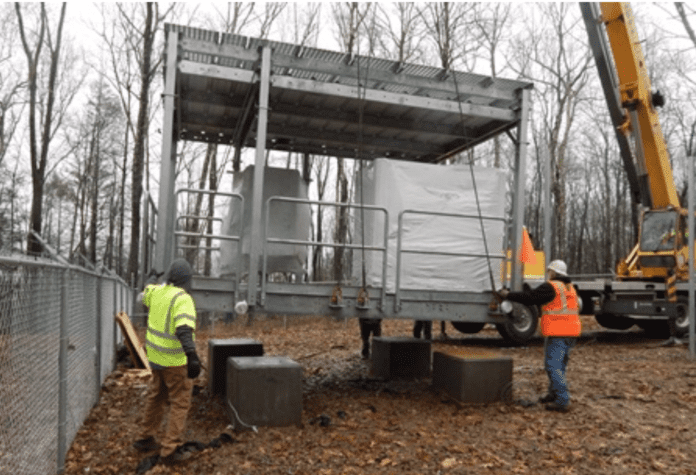Cities vs. small cells
The deployment of 5G is very much an exercise in network densification. Coming down from the macro tower, operators are deploying small cells and other integrated radio/antenna units connected to centralized baseband resources. And while regulators like the Federal Communications Commission are working to make the deployment process more efficient by cutting down on necessary reviews, the fact stands that small cell projects are unpredictable due to the varying zoning and planning rules in cities across the country.
To get an idea of what operators, neutral hosts and other network infrastructure owners are facing, look at what’s going on in Doylestown Borough, Penn. According to Philadelphia-based The Inquirer, a Verizon plan to deploy telephone-and streetlight-mounted small cells in the town sparked some concerns from residents, which prompted the local council to host 10 public meetings. The town’s fight ultimately went to state then federal court resulting in a settlement wherein the number of sites was reduced and concealment techniques were employed. The city also got a revenue-share arrangement from Verizon.
Council President Jack O’Brien said, “We didn’t feel they had the right to come and do what they want.”
A small cell discussion is also playing out in San Rafael, Calif. Government Technology reports on a pre-emptive push to adjust telecom-related regulations to “protect residential areas, schools and parks through setbacks and attention to power profiles,” Vicki Sievers, a local activist said in an email to the publication. “Our effort has to do with making pre-emptive strikes before Verizon, AT&T [and others] actually make formal applications to each town and city. There are no applications in San Rafael to date, but there surely have been permits granted and installations begun in other Bay Area cities.”
Two things are clear here: 1. 5G will require a massive, long-term small cell-driven network densification effort to provide the kind of 1 Gbps-plus speeds and support a significant increase in device density as the internet of things continues its growth. And 2. Small cells are a very local issue, which adds more unpredictability to an already unpredictable process.
So what can operators do to streamline small cell deployments in an effort to save time and money while passing along improved network quality of experience to end users?
Remember back to Doysletown where a negotiated settlement resulted in concealment of small cells. Mike Fabbri, vice president of site solutions and services, CommScope, wrote in a recent blog post about the importance of concealment in “obtaining zoning approvals. Local municipalities are concerned with the aesthetics of a site and can hold up deployments until the site looks right. We see industry trends toward concealing the radio and antenna equipment with decorative enclosures and integrated street light poles to hasten approvals by improving the overall aesthetics of the site.”
Another way to streamline a densification project is to locate a small cell at the bottom of an existing macro tower, which is beneficial in that the site already has access to power and backhaul and, well, the site. To make this more cost effective, operators should consider pre-integrated platforms, Fabbri wrote. “These platforms sit at the bottom of cell towers. In the old days, they needed to be constructed, equipped and connected on-site–a lengthy process that involved manual labor and specialized skills. With pre-integrated platforms, much of the base equipment is already installed and connected on the platform. This speeds the deployment time while also reducing the risks for installation errors.”

